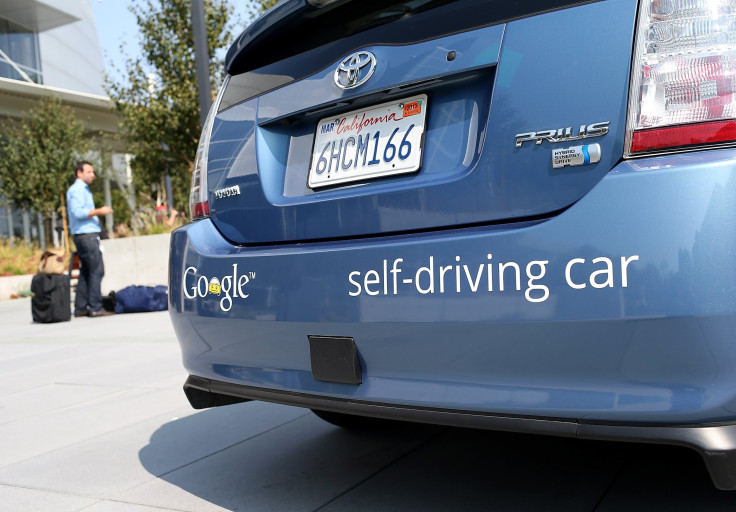How Driverless Car Technology Could Drive Down US Car Ownership By Over A Third

Some automakers predict that self-driving cars will debut on American roads as early as 2020, with huge implications. Driverless cars that are free to roam city streets on their own would have a significant transformative effect on transportation, allowing people to hail robotic taxis and broadening independent mobility for the disabled. And while some argue that the novelty of this technology that was once just a figment of Hollywood’s sci-fi imagination would increase car ownership, a new study suggests the opposite, and that driverless cars could eventually cut U.S. vehicle ownership by well over a third.
Brandon Schoettle and Michael Sivak of the University of Michigan’s Transportation Research Institute analyzed the latest data from the U.S. National Household Travel Survey, which tracks American driving and car ownership habits, and concludes that the average U.S. vehicle ownership rate of 2.1 cars per household would be slashed to 1.2 at some point in the somewhat distant future.
“Conceptually, this reduction would start to happen after driverless vehicles are fully implemented,” Schoettle said by phone on Tuesday. “And it would be fairly far off from that point, probably a couple of decades after these cars are widely available.” He pointed out that the earliest self-driving cars will be luxury vehicles, off-limits to the average car shopper. It will take years for the technology to trickle down to the mass market, where consumers will have the option of replacing their old cars with the robotic ones.
Underserved by public transportation, millions of Americans are dependent on vehicles to broaden their job prospects. As a result, the typical household has a car for each spouse, and often a third vehicle for a driving-age family member.
A driverless car would greatly increase the opportunity for families to depend on one vehicle alone. For example, a driverless vehicle could shuttle one family member to work and then return home so another family member can use it to run errands, or go work at a later time.
The researchers, who released their findings on Monday, admit their estimated 43 percent reduction in the average U.S. household vehicle ownership rate is “the most extreme hypothetical scenario,” but if their conclusions are even close, driverless cars have the potential to significantly reduce private car ownership wherever the technology is allowed to flourish.
And right now that’s a big if.
Fully autonomous driverless cars would need to jump over significant hurdles, including government safety regulations, insurance liability issues and possibly changes to traffic infrastructure. The U.S. National Highway Traffic Safety Administration considers autonomous driverless cars to be the highest level of autonomous driving in which a car “performs all safety-critical driving functions and monitors roadway conditions for an entire trip.” This level of autonomy will face the highest barriers of regulatory scrutiny at both the federal and state levels.
And then initial costs of a new vehicle technology requiring a bevy of sensors and constant wireless connectivity would likely keep wider adoption at bay until prices become affordable to more people. If lower car ownership spurred by driverless cars is the future, that future is still significantly more than five years away.
© Copyright IBTimes 2024. All rights reserved.






















